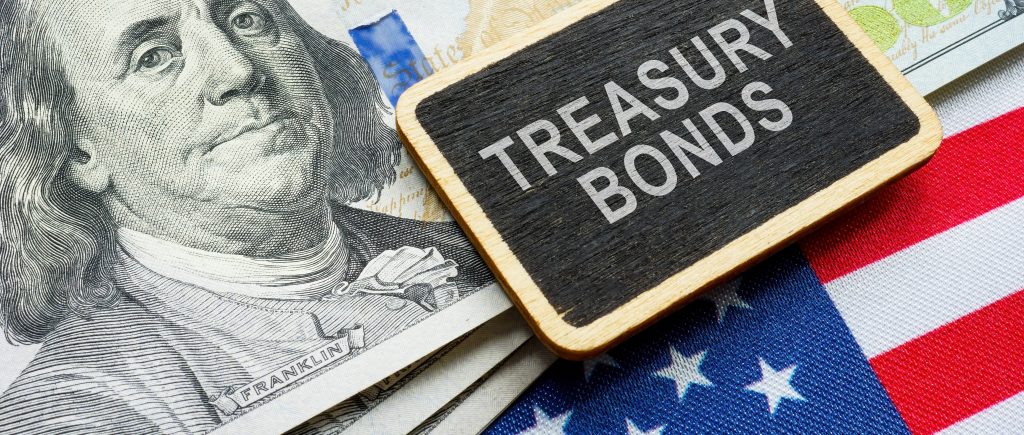Overview of Recent Developments
The US Dollar has gained modest strength, supported by renewed trade tensions following President Donald Trump’s tariff announcements. On Friday, the US Dollar Index (DXY) rose 0.30% to 97.89, hovering below key resistance levels of 97.80–98.00, with support from the 9-day EMA at 97.50. Concurrently, the 10-year US Treasury yield stabilized at 4.36%, reflecting cautious investor sentiment amid escalating trade concerns. Trump’s tariff threats, targeting major trading partners like Canada, Japan, South Korea, and the European Union, have heightened global risk aversion, bolstering the dollar’s safe-haven appeal.
Tariff Announcements and Trade Implications
Trump’s recent actions include a 35% tariff on Canadian imports, effective August 1, citing issues like fentanyl inflows and trade imbalances. A letter to Canadian Prime Minister Mark Carney emphasized reciprocal tariffs and warned against transshipment to evade duties. Additionally, Trump signaled blanket tariffs of 15–20% on countries without finalized trade agreements, with EU-specific tariff notifications expected soon. These measures could raise import costs, potentially fueling inflation and prompting retaliatory tariffs, complicating global trade dynamics.
In 2024, the US imported over $600 billion from the EU and $400 billion from Canada, underscoring their significance as trade partners. The USD/CAD exchange rate surged nearly 0.5% to 1.3731 before retreating below 1.3700, reflecting market reactions to the tariff news. A US official clarified that the 35% tariffs on Canada apply only to goods outside the USMCA, suggesting a strategic push to renegotiate trade terms before the July 21 deadline set by Carney following G7 discussions.
Federal Reserve’s Response and Economic Outlook
The Federal Reserve faces a complex landscape as tariff threats coincide with fading expectations for near-term rate cuts. Recent data, including lower-than-expected Weekly Initial Jobless Claims, signals economic resilience, supporting the dollar. The steady 10-year Treasury yield at 4.36% has driven increased inflows into Treasury-focused ETFs, signaling a flight to safe-haven assets amid trade uncertainties.
Fed officials have downplayed the immediate inflationary impact of tariffs. San Francisco Fed President Mary Daly noted that businesses often absorb tariff costs, limiting consumer price increases. Chicago Fed President Austan Goolsbee echoed this, citing minimal inflation effects so far. However, Fed Governor Christopher Waller supported a July rate cut, arguing that inflation has moderated sufficiently. Conversely, St. Louis Fed President Alberto Musalem suggested tariffs’ effects may linger into late 2025, warranting a cautious approach.
The CME FedWatch Tool indicates a low 6.7% probability of a July rate cut, with a 62.2% chance in September, projecting 100 basis points of easing over the next year. The absence of major economic data on Friday shifts focus to trade developments and DXY technical levels.
The tariff escalation risks disrupting global trade, potentially increasing costs and inflation while straining diplomatic ties. Stable Treasury yields reflect market caution, reinforcing the need for careful monitoring. Policymakers should prioritize transparent negotiations to mitigate retaliatory measures and stabilize markets. The Fed’s cautious stance is prudent, balancing economic strength against trade uncertainties. Monitoring DXY’s technical barriers, Treasury yield movements, and trade negotiation outcomes will be critical for anticipating dollar trends and broader economic impacts.

 Noor Trends News, Technical Analysis, Educational Tools and Recommendations
Noor Trends News, Technical Analysis, Educational Tools and Recommendations




